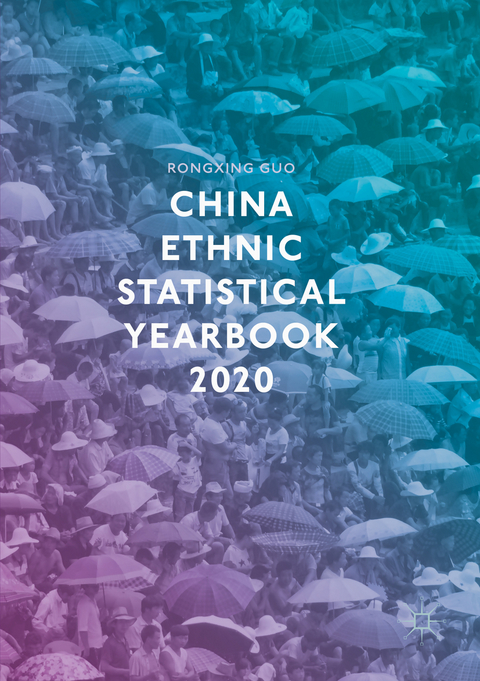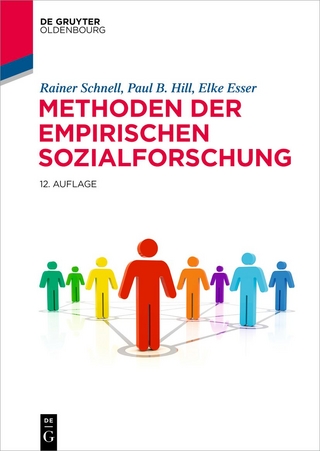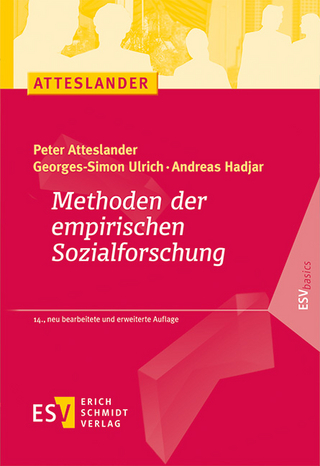
China Ethnic Statistical Yearbook 2020
Springer International Publishing (Verlag)
978-3-030-49026-3 (ISBN)
This fully updated edition of the China Ethnic Statistic Yearbook, comprised of entirely original research, presents data on the socioeconomic situation of China's 56 ethnic groups. Although the majority of China's population is of the Han nationality (which accounts for more than 90% of China's population), the non-Han ethnic groups have a population of more than 100 million. China has officially identified, except for other unknown ethnic groups and foreigners with Chinese citizenship, 55 ethnic minorities. In addition, ethnic minorities vary greatly in size. With a population of more than 15 million, the Zhuang are the largest ethnic minority, and the Lhoba, with a population of only about three thousand, the smallest.
China's ethnic diversity has resulted in a special socioeconomic landscape for China itself. How different have China's ethnic groups been in every sphere of daily life and economic development during China's fast transition period? In order to answer these questions, we have created a detailed and comparable set of data for each of China's ethnic groups.
This book presents, in an easy-to-use format, a broad collection of social and economic indicators on China's 56 ethnic groups. This useful resource profiles the general social and economic situations for each of these ethnic groups. These indicators are compiled and estimated based on the regional and local data gathered from a variety of sources up to 2016 with up to date analysis.
This Yearbook also includes a new chapter on China's spatial (dis)integration as a multiethnic paradox.
lt;p>Rongxing Guo is Professor (High Talent Support Program of Beijing Municipal Government), Capital University of Economics and Business, Beijing, China. He has published widely on topics such as global and regional issues (with an emphasis on cross-border issues) and Chinese economics. He has 30 years of experience teaching and researching in China, as well as in Australia, Japan, South Korea, Italy, Germany and the USA. He has led research projects for the OECD and the World Bank, and undertaken consultation for the Chinese government.
Part I. Statistical Data.- Chapter 1. Population Structure and Family.- Chapter 2. Economic Growth and Expenditure.- Chapter 3. Employment and Income Distribution.- Chapter 4. Living Conditions and the Means of Livelihood.- Chapter 5. Agricultural Production and Other Rural Activities.- Chapter 6. Education, Science and Technological Progress.- Chapter 7. Health Care and Social Security.- Chapter 8. Entertainment and Other Cultural Activities.- Part II. Data Analysis and Application.- Chapter 9. China's Spatial (Dis)integration as a Multiethnic Paradox.- Appendix A: A Brief Description of China's 56 Ethnic Groups Appendix B: China's Ethnic Populations by Province Appendix C: China's Ethnic Minority Autonomous Areas: General Background Appendix D: China's Ethnic Minority Autonomous Areas: Principal Statistical Indicators Appendix E: China's Spatial (Dis)integration as a Multiethnic Paradox
| Erscheinungsdatum | 14.09.2021 |
|---|---|
| Zusatzinfo | XLII, 396 p. 4 illus., 2 illus. in color. |
| Verlagsort | Cham |
| Sprache | englisch |
| Maße | 148 x 210 mm |
| Gewicht | 572 g |
| Themenwelt | Sozialwissenschaften ► Pädagogik |
| Sozialwissenschaften ► Soziologie ► Empirische Sozialforschung | |
| Wirtschaft ► Volkswirtschaftslehre | |
| Schlagworte | Agricultural Production • China ethnic statistics • Chinese citizenship • Chinese economic growth • Chinese economics • Chinese employment and income distribution • Chinese healthcare • Chinese living standards • Chinese population structure • Chinese social security • Chinese socioeconomic development • Ethnic Diversity • Han nationality • Non-Han ethnic groups • Population Economics • Standards of living |
| ISBN-10 | 3-030-49026-2 / 3030490262 |
| ISBN-13 | 978-3-030-49026-3 / 9783030490263 |
| Zustand | Neuware |
| Haben Sie eine Frage zum Produkt? |
aus dem Bereich


